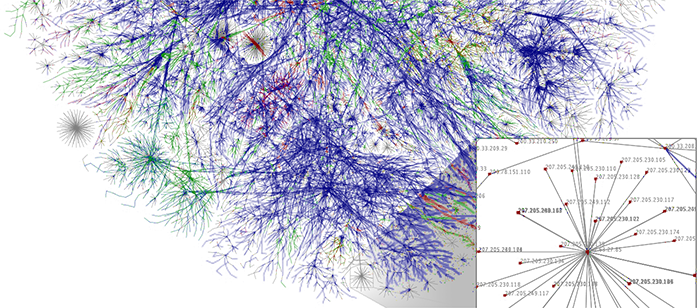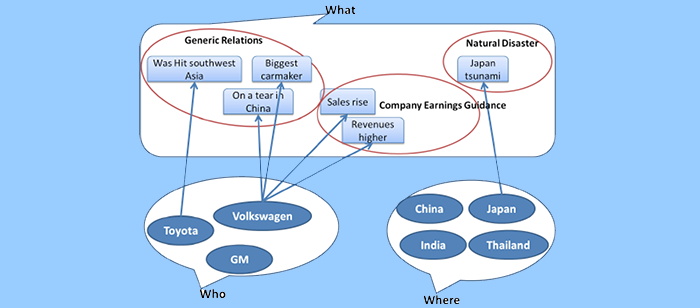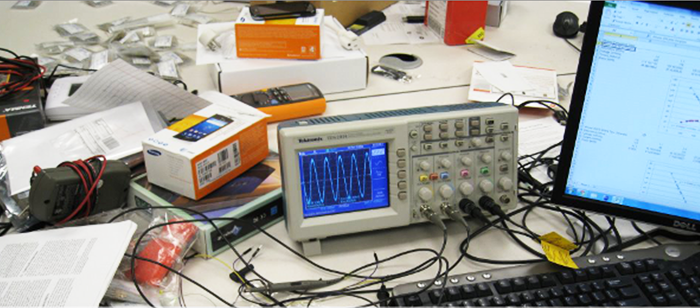The Problem with Print: publishing born digital scholarship
Professor Helen J. Burgess
Department of English, UMBC
4:00pm Monday, 25 November 2013
Dr. Burgess will discuss some of the difficulties for academics seeking to work and publish outside traditional “print-bound” models of humanities scholarship – including issues of professional evaluation and distribution – and show some examples of “born digital” works that would benefit from a new model of publishing. A reception, sponsored by the Libby Kuhn Endowment Fund, will follow the program.
Helen J. Burgess is an Assistant Professor of English in the Communication and Technology track. Dr Burgess received her BA(Hons) and MA(Dist.) in English Language and Literature from Victoria University of Wellington, in New Zealand, and her PhD in English from West Virginia University. She is active in the new media research community as editor of the online journal Hyperrhiz: new Media Cultures, and technical editor of Rhizomes: Cultural Studies in Emerging Knowledge. Dr Burgess is coauthor of Red Planet: Scientific and Cultural Enounters with Mars and Biofutures: Owning Body Parts and Information, both titles published in the Mariner10 interactive DVD-Rom series at the University of Pennsylvania Press. She has interests in multimedia and web development, open source and open content production, electronic literature, and science fiction.








